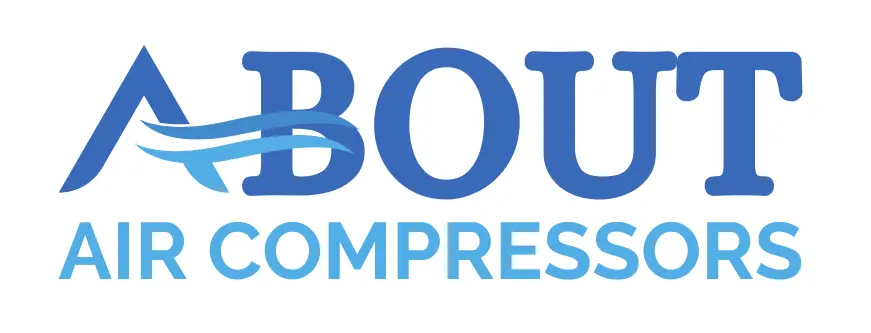Hose bend radius is a very important factor to consider when selecting the right hose for your air compressor system if it is subject to sharp curvatures when in use. This article will provide you with all the relevant information about the hose bend radius, as well as a general formula that can be used to determine the bend length.
Table of Contents
- What is Hose Bend Radius?
- Hose Bend Radius Calculation
- Why is Hose Bend Radius So Important?
- Tips on How to Avoid Hose Failure Using Hose Bend Radius
What is Hose Bend Radius?
The bend radius is a measurement that is the distance to the inside edge of the hose when making a 90° bend. It’s basically the smallest looped diameter a hose can achieve without damaging the inner tube.
Most focus goes to critical factors like pressure ratings, crimp specifications, and length when designing and building hose assemblies, which leads to the hose bend radius often being overlooked. The minimum bend radius is a crucial component to extend the overall hose assembly length and prevent catastrophic failure.
Hose Bend Radius Calculation
Hose bend radius can be calculated using the following general formula:
L = (A/360°) x 2pR
Where:
L = minimum length of hose that needs to bend
A = the angle of the bend
R = the bend radius of the hose
Therefore, enabling you to determine the minimum required length of the hose for any given situation. You can measure bend radius in two ways, I mentioned one already where you measure the distance between the inside edge when bent 90°. But, you can also measure bend radius using the centerline radius as the distance from the theoretical zero-point to the exact centerline of a bent hose.
Why is Hose Bend Radius So Important?
Hose bend radius can be crucial for ensuring the safety of your hoses and so, preventing hose failure should be your biggest concern when calculating bend radius. If you were to have your hose bent to too sharp of an angle, or around tight corners incorrectly, the hose will undergo serious amounts of stress or distortion.
This will lead to end-separation, leaking crimps, and even bursts along with the stress point of the bend, which undoubtedly results in a shorter lifespan for the hose. As well as this, incorrectly chosen or installed bent hose-end connections can lead to over bending.
Let’s use an example where a 45° hose-end is used instead of a 90° hose-end to save time or space when the latter is needed. What will happen here if the assembly is subject to pressure spikes, impulses, or vibration? Well, this additional stress-causing over-bending will damage the inner tube and lead to catastrophic failure.
Failure is and should be, your number one concern, but there are also other issues that you must be aware of too. For instance, exceeding the hose bend radius can lead to the restriction of airflow through the hose assembly, as well as causing excessive heat-build up due to the additional friction.
This can also reduce the overall pressure rating of your hose assembly as the inner tube of the hose may be stretched so thin that it creates gaps between its reinforcement strands. Now, throw some extreme temperatures, UV exposure, or mishandling on top of that and it’s easy to understand why the hoses might fail, and how important hose bend radius is to avoid more frequent hose replacements, performance, downtime, and maintenance.
Some hoses are textile reinforced, and these tend to kink as the bend radius is reduced. In most cases, a “helix” is used when a hose must withstand severe bends without kinking or flattening.
Side note: “force-to bend” is a very important factor in determining flexibility. It is described as the amount of stress required to induce bending around a specific bend radius. If a hose has thick walls, large bores, or is of a short length, it will not bend as easily.
Tips on How to Avoid Hose Failure Using Hose Bend Radius
The following tips should be used when selecting and using hoses for your applications:
- In the design phase, consider bend radius and conduct your calculations to ensure the plan out the length of your hose assembly for the best fitting applications
- Treat your hoses carefully as over bending can occur outside of routing. Never wrap hoses too tightly if they’re being stored, as this could leaks to kinking.
- Always inspect your hoses prior to installation to ensure there are no signs of damage. Over bending or kinking can occur during shipping or delivery. If anyone else handles your hoses, ensure they know not to over bend
If you have any questions regarding the hose bend radius, please leave a comment below, with a photo if applicable, so that someone can help you!
